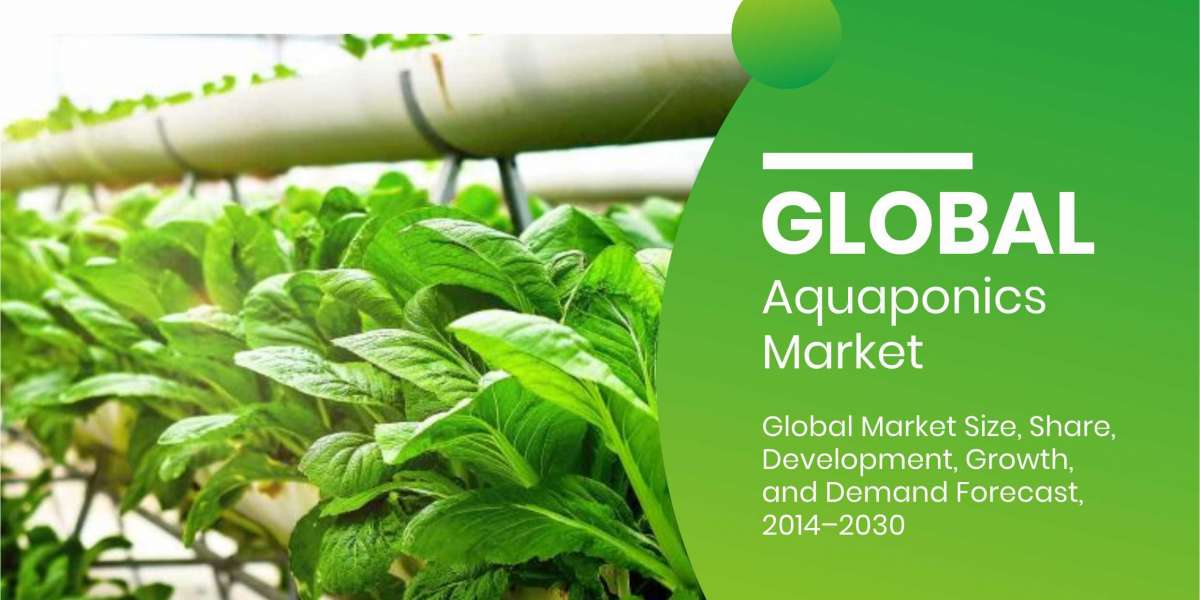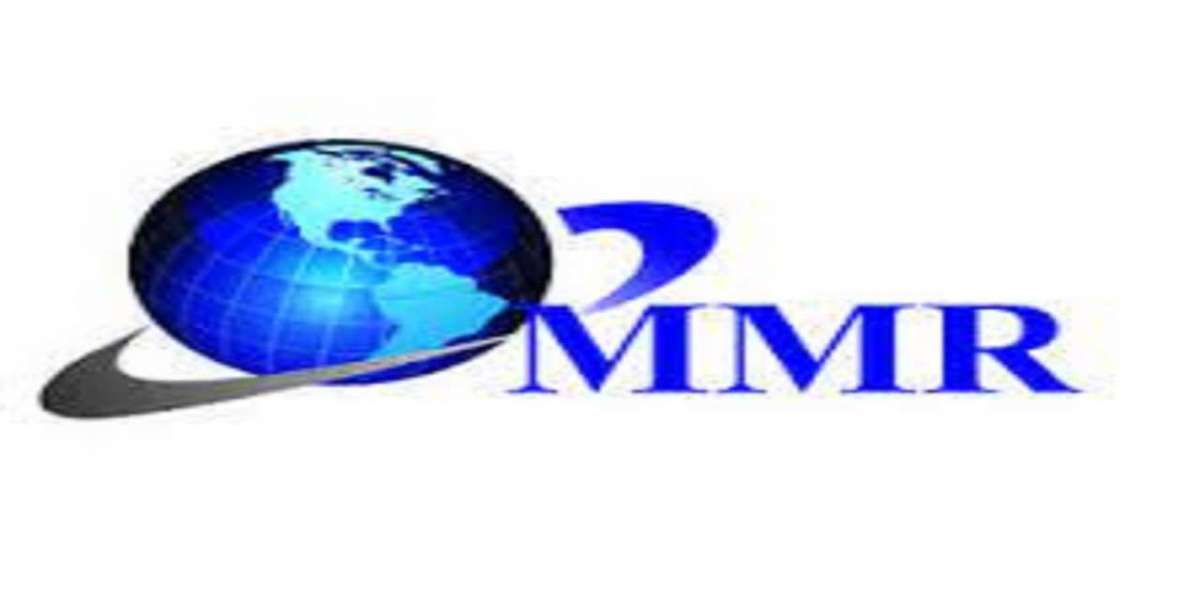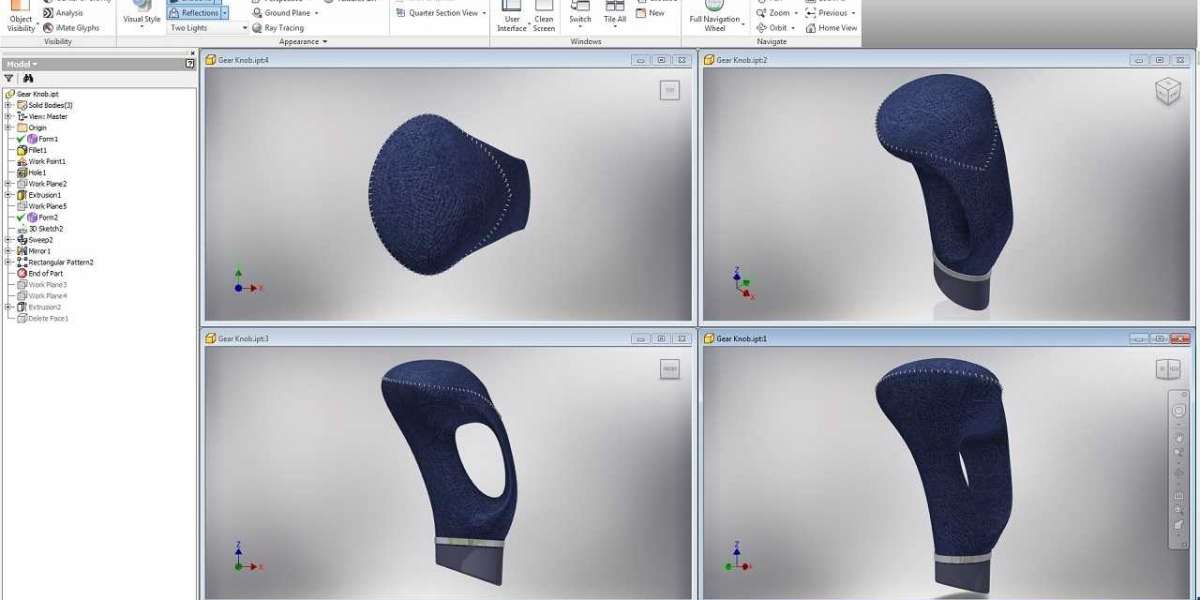Due to the depleting phosphorous and freshwater reserves and increasing requirement of sustainable food production methods, the popularity of aquaponics is surging rapidly across the world. Fur-thermore, the rising environmental concerns raised over the large-scale usage of pesticides, insecti-cides and artificial nutrients in the conventional farming methods are boosting the demand for aq-uaponics in several countries all around the world. Moreover, aquaponics has numerous advantages over the traditional farming techniques such as lesser requirement of water and negligible usage of artificial fertilizers and chemicals, owing to which, it is being highly sought after across the globe.
Due to the above-mentioned factors, the global aquaponics market is expected to register consid-erable growth during the forecast period (2020—2030). Aquaponics is defined as a system that in-tegrates aquaculture (farming of aquatic animals such as fish, prawns, and snails in tanks) with hy-droponics (the cultivation of plants in water) in a symbiotic environment where the water from the aquaculture system is supplied to the hydroponic system, wherein, the by-products are broken down into nitrates and laterconsumed as nutrients by the plants.
One of the biggest advantages of the aquaponic system over the traditional farming methods is that it allows a faster production of plants, on account of the availability of the naturally fortified water from the fish tank. Moreover, an aquaponic system doesn’t require fertile land for plant cultivation and this farming technique can be easily done on gravel, rocky, or sand surfaces. In addition to this, the agricultural yield produced in this farming system is healthier for the human body as it doesn’t consist of pesticides and chemical fertilizers.
There are multiple types of aquaponic systems used throughout the world— nutrient film technique (NFT), media-filled beds, and deep-water culture. Out of these, the media-filled beds recorded the highest utilization in 2019. This is mainly attributed to the fact that the media-filled beds have a very simple form and are thus, highly sought after all over the world over the other systems. In ad-dition to this, in the media-filled beds, the plant roots are periodically exposed to air, which plays a major role in preventing waterlogging.
Out of these, North America is predicted to observe large-scale adoption of aquaponics systems during the fore-cast period. This is primarily ascribed to the presence of stringent government measures and policies aimed at promoting the adoption of aquaponics systems and the rising preference for sustainable farming methods in the region.
Therefore, it can be said without any hesitation that the popularity of aquaponics systems will sky-rocket throughout the world in the forthcoming years, mainly because of the depleting freshwater reserves and rising need for environmental friendly and sustainable farming techniques across the world.







